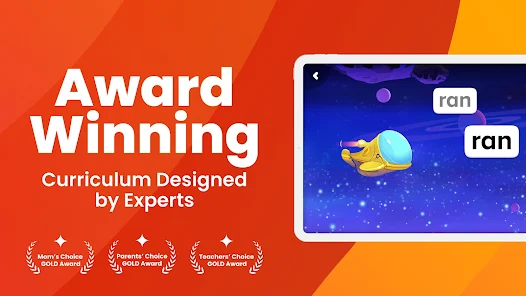Few milestones in the wonderful journey of early development are more important than the recognition of alphabet letters. This fundamental ability acts as a link between reading and writing and has a significant impact on cognitive development.
As parents know, this important milestone may be difficult and perplexing. In this article, we will address the topic “When should a child recognize letters of the alphabet?” and any other connected questions.
Milestones to know about alphabet learning and recognition:

Here are some important milestones to look for on the path to alphabet recognition.
Early Signs of Interest:
Before the official voyage of letter recognition begins, subtle indications that the youngster is ready to explore the world of the alphabet are frequently present. Children may demonstrate curiosity by pointing to letters in common settings such as cereal boxes, street signs, or novels.
Letter Naming:
Children will learn to identify and name letters in a variety of circumstances. This stage demonstrates their ability to recognize letters not just in their local surroundings but also in unexpected environments.
Letter Sound Association:
Associating letter forms with their associated sounds is a key milestone in grasping the complex process of reading. This basic relationship is essential for youngsters to bridge the gap between visual symbols and aural signals, allowing them to process and comprehend words.
Letter Singing and Rhyming:
Nursery rhymes and rhythmic melodies mark the beginning of the transfer from sound to visual representation. Children begin to associate the sounds they like chanting with the letters they see. This relationship creates an essential foundation for letter recognition.
Letter Imitation:
As youngsters mature, their scribbles on paper may not resemble perfectly formed letters, but they represent significant cognitive advances. These early efforts represent a child’s attempt to mimic the forms they notice in their environment.
Factors Influencing Alphabet Recognition:
Some youngsters recognize letters before the age of three, while others struggle with this skill in kindergarten. Several elements might affect alphabet recognition. While milestones differ from kid to kid, children normally begin letter recognition between the ages of two and four; however, this range can vary greatly. Here are some of the elements in play.
A child’s linguistic environment is extremely important. A language-rich environment, filled with discussions, stories, and exposure to a wide range of words, accelerates alphabet recognition. Educational apps for kids also play an important role.
Parents may play a significant role in developing early literacy skills. Active engagement in engaging discussions, shared reading experiences, and opportunities for learning may all significantly influence a child’s development.
The enchantment of books cannot be emphasized enough. Reading aloud to youngsters, sharing the magic of books, and telling stories together not only improves alphabet recognition but also fosters a lifetime love of reading. Parents can also use learning app for kids.
Children start on distinctive developmental paths. Patient monitoring helps parents celebrate each phase of the letter recognition process. It’s also crucial to recognize that development is not necessarily linear.
Diversifying reading sources outside standard books broadens a child’s horizons. Incorporating periodicals, kids learning app, newspapers, and even digital information exposes students to new words and letter combinations, broadening their letter recognition experience.